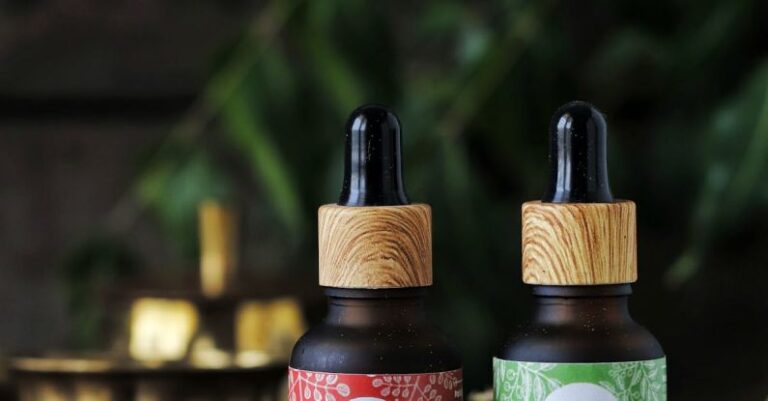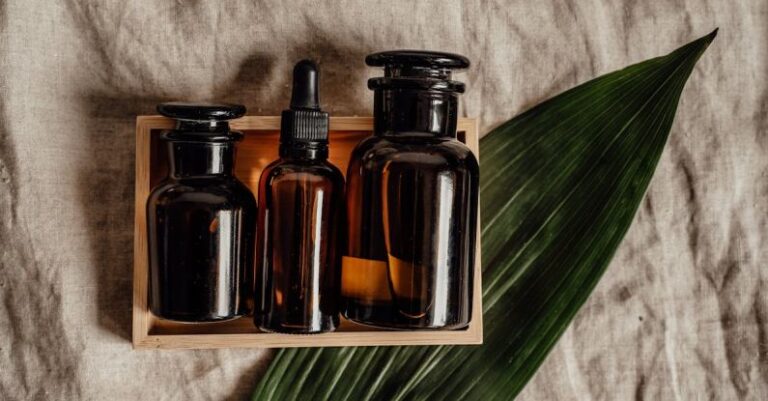
Serums have become an essential part of many skincare routines, offering concentrated doses of active ingredients that target specific skin concerns. From hydrating to anti-aging, there is a serum for almost every skin issue. But how often should you be incorporating a serum into your skincare regimen to reap its full benefits?
Understanding Your Skin’s Needs
Before determining how often to use a serum, it’s crucial to understand your skin’s unique needs. Factors such as skin type, age, and specific concerns will influence the frequency with which you should incorporate a serum into your routine. For example, those with dry skin may benefit from using a hydrating serum more frequently, while individuals with sensitive skin may need to be more cautious with the frequency of use to prevent irritation.
Daily Use for Maximum Benefits
In general, most serums are designed to be used daily to maximize their benefits. Incorporating a serum into your morning and evening skincare routine can help maintain consistent results and address ongoing skin concerns. However, it’s essential to pay attention to how your skin responds to daily use. If you notice any signs of irritation or sensitivity, you may need to adjust the frequency of application.
Tailoring Your Routine
While daily use is recommended for many serums, it’s essential to tailor your skincare routine to meet your skin’s specific needs. Some serums, particularly those with potent active ingredients like retinol or vitamin C, may be too intense for daily use, especially for those with sensitive skin. In these cases, using the serum every other day or a few times a week may be more appropriate to prevent overstimulation of the skin.
Listening to Your Skin
Ultimately, the frequency with which you should use a serum comes down to listening to your skin. Pay attention to how your skin looks and feels after using a serum. If you notice improvements in your skin’s texture, hydration, or overall appearance, you may be using the serum at the right frequency. On the other hand, if you experience redness, irritation, or breakouts, it may be a sign that you are using the serum too often or that the formula is not suitable for your skin type.
Adjusting Based on Season and Climate
Another factor to consider when determining how often to use a serum is the season and climate in which you live. During the colder winter months when the air is drier, you may need to use a hydrating serum more frequently to combat moisture loss. In contrast, in the summer when the weather is more humid, you may find that you need to adjust the frequency of use to prevent your skin from feeling greasy or congested.
Experimenting with Application Techniques
In addition to adjusting the frequency of use, you can also experiment with different application techniques to maximize the benefits of your serum. Some serums may work best when applied to damp skin, allowing the active ingredients to penetrate more effectively. Others may benefit from being layered with other products or mixed with your moisturizer for added hydration.
Finding the Right Balance
In the end, finding the right balance in how often you use a serum is key to achieving healthy, glowing skin. By paying attention to your skin’s needs, adjusting the frequency of use as necessary, and experimenting with different application techniques, you can ensure that your serum is working effectively to address your specific skin concerns. Remember, skincare is personal, and what works for one person may not work for another, so don’t be afraid to tailor your routine to meet your skin’s unique needs.
Achieving Optimal Results
To achieve optimal results with your serum, consistency is key. Whether you choose to use your serum daily, a few times a week, or seasonally, maintaining a regular skincare routine will help you see the best results over time. By listening to your skin, adjusting your routine as needed, and finding the right balance in how often you use a serum, you can ensure that your skin remains healthy, hydrated, and radiant for years to come.





